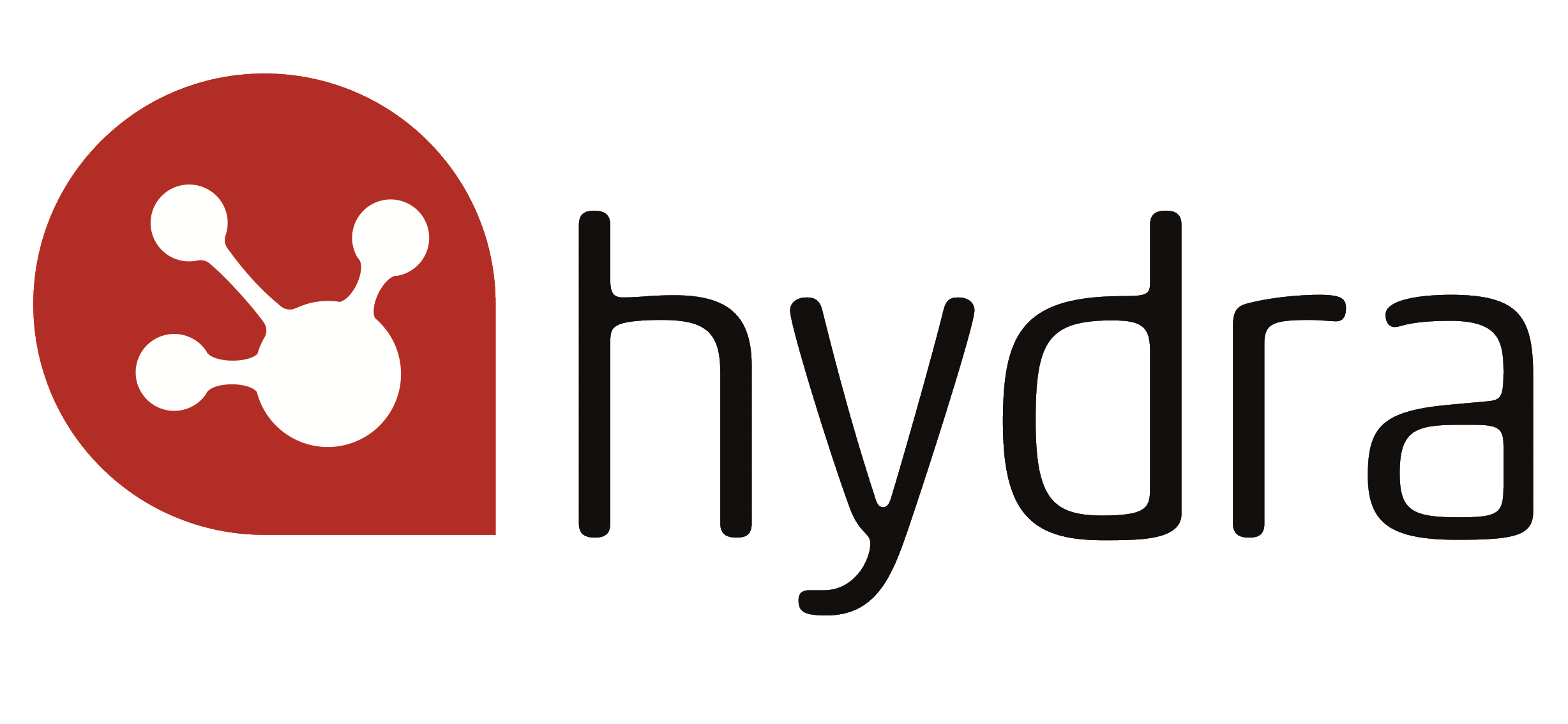What are your 2018 project management goals? Improve your project and service delivery; complete more profitable and healthy projects, deliver more projects consistently, standardise your projects, lower your costs, have better team communication, gain more visibility?
Whatever your goals and aims, whether you work in the IT, finance, legal or other professional sectors, our article below offers 5 ways to empower your project delivery in 2018 so that you can optimise your projects, deliver on-time and within budget and minimise project failure.
1. Get comfortable with artificial intelligence
Machine Learning, AI and Augmented Reality are here; the disruptive game changers, and intelligent applications that are fundamentally changing the way we work and live our lives.
AI has crept into our everyday lives without us even consciously realising it. Think about when you pay for something by credit card over the internet – a computer automatically uses AI to encrypt your credit card details into code. Amazon is using AI and algorithms when you view or purchase an item and it shows you related items you may be interested in buying. Apple's new facial recognition software is AI.
An article by the BBC, in 2015, started getting people worried about AI, before they probably even realised they needed to be worried, with scare tactics about robots replacing jobs. The conclusion was that “The machines are getting ever more intelligent, but they still show few signs of learning to be human”.
We are, and have been for a long time, living happily alongside AI. I am overjoyed that AI encrypts my credit card details and can automatically issue me a new, algorithm generated, pin number and I like the fact that Amazon shows me related items that I might like to purchase.
In the Business world, these disruptive technologies will provide opportunities for all professional services firms. Smart software solutions such as Hydra have begun to help firms by identifying aspects of their work where performance can be precisely measured so that they can better understand where software can replace processes at lower cost, and enable them to deliver a better standardised service.
2. Fire up the Project Management Office
Not too long ago the Project Management Office (PMO) was an admin function that checked risk management reports, collated timesheets and even booked hotel rooms. Some organisations still use PMOs for these activities but more and more organisations are optimising their projects with ‘value-adding’ PMOs and according to PMI’s 2017 Pulse of the Profession® more organisations are discovering the value of project management offices (PMOs)*.
- Provide support and guidance to their project managers;
- Give consistency and standardisation around how you manage your projects by implementing a methodology;
- Advise on best practice;
- Help deliver projects on time and within budget;
- Identify and understand the connections between various projects in a programme portfolio;
- Improve your communication between the layers;
- Increase awareness and overall value for everyone.
With a PMO it is important that they have a good understanding of how the organisation runs so they can stay connected with the wider business and remain well-placed to deliver projects that are a strategic or financial success. Recently Hydra has seen a shift in organisations outsourcing their PMO administration and support activities so that they can focus on what really matters - delivering projects successfully.
Our infographic shows the value of standardisation in your PMO

3. Trust remote and virtual teams
According to a Gallup survey between 2012 and 2016 the number of people working remotely four or five days a week rose from 24% to 31% and this is set to rise. A survey of business leaders conducted at the Global Leadership Summit in London in 2015 found that 34% said more than half their company’s full-time workforce would be working remotely by 2020. A full 25% said more than three-quarters would not work in a traditional office by 2020. More recent research indicates that by 2022, 60 percent of today’s office-bound employees are expected to be working remotely.
With the use of remote teams increasing, a project managers usual work-life has taken on a new guise; the shift from face to face meetings to conference and video calling and an increased dependency on trust and accountability are changing the project team’s landscape. Out of sight, out of mind, might be an adage that rings true in some parts of life, but when managing successful projects, you cannot afford to take your eye off the ball, particularly when you’re working and collaborating with remote project teams.
Whether it’s an outsourced team or company employees working remotely, you need to instill trust in your project team. As a project manager, if you start with a strong, dedicated team you have already won half the battle. You cannot babysit remote team members, so you want to work with individuals who are motivated and proactive in nature, and not those who need constant guidance to fulfil their role.

4. Embrace new ways of communicating
Project managers, especially those working with remote teams cannot simply stroll over to a desk or office to discuss the status of a task, but it’s still down to the project manager to maintain fluid communication to keep everyone updated and for teams to be able to feedback. The new breed of project management software offering document and file sharing as well as shared social spaces can really keep your team collaborating and up-to-date on the project status and task activity virtually anywhere with an internet connection. Other options to consider are project specific intranets, private & group messaging, video updates and podcasts or online ticketing and requests.
5. Visibility and Transparency
The under-and over-utilisation of resources is one of the key challenges organisations face. In many cases, bottlenecks in projects can be caused when highly skilled resources are in demand and there’s a limited resource pool. Equally, some resources can be lost in the ‘white space’ that exists between project assignments.
In most organisations, resources are allocated to different projects for a certain amount of time. The difficulty is that many project managers do not have visibility of the skill sets or attributes of each resource, which often leads to miscommunication and delays.
With true resource visibility the best people can be allocated depending on their skills, cost and availability thus ensuring the earliest finish and the most cost effective delivery.
Complete project visibility also allows project managers to identify potential issues early and prioritise the risks. This enables effective risk mitigation preventing issues such as cost overruns, missed deadlines or a failure to meet business requirements.
The new communication and sharing methods mentioned above will go a long way to improving visibility and transparency in your projects. To further ensure that you are continually optimising all your resources and workforce data why not look at software that can significantly improve the way to manage your people and their work. Project resource management software provides comprehensive reports that give you complete visibility and control of your resources and workforce enabling you to drive your project towards success.
Empowering your project delivery
If you would like to learn more about Hydra Execution Control and how Hydra project and resource management software can help empower your projects in 2018 download our brochure or get in touch.



